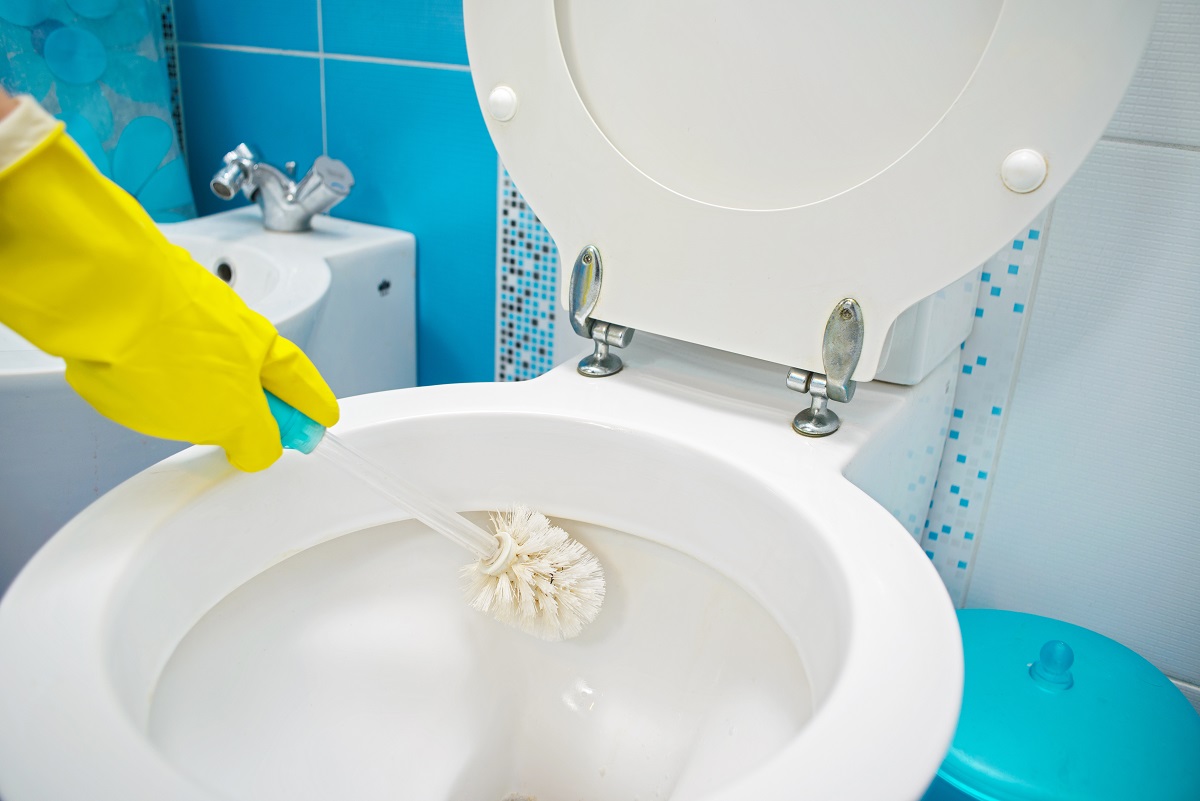

Articles
What Causes Mold In Toilet Bowl
Modified: May 6, 2024
Learn about the causes of mold in your toilet bowl with informative articles. Prevent and remove mold for a cleaner and healthier bathroom.
(Many of the links in this article redirect to a specific reviewed product. Your purchase of these products through affiliate links helps to generate commission for Storables.com, at no extra cost. Learn more)
Introduction
When it comes to maintaining a clean and sanitary bathroom, dealing with mold in the toilet bowl can be a frustrating and unsightly problem. Mold, a type of fungus that thrives in damp and humid environments, can quickly grow and spread in the moist conditions found in the bathroom. Not only is it unpleasant to look at, but mold can also pose health risks if left untreated.
In this article, we will explore the causes of mold growth in the toilet bowl and discuss the preventive measures that can be taken to avoid this issue. By understanding the factors that contribute to mold growth and implementing the necessary actions, you can keep your toilet bowl mold-free and ensure a healthier and cleaner bathroom environment.
Key Takeaways:
- Prevent mold in your toilet bowl by reducing humidity, ensuring proper ventilation, and promptly fixing leaks. Regular cleaning and minimizing organic matter are key to a healthier bathroom environment.
- Mold in the toilet bowl can pose health risks. Implement preventive measures, such as regular cleaning and promoting good hygiene, to maintain a mold-free and healthier bathroom.
Read more: What Causes Toilet Bowl Stains
Understanding Mold in Toilet Bowl
Mold is a type of fungus that thrives in damp and humid conditions. It reproduces by releasing spores into the air, which can then land and grow in various environments. In the bathroom, mold can often be found in areas that experience high moisture levels, such as the toilet bowl.
When mold begins to grow in the toilet bowl, it typically appears as black or dark green spots or patches. These growths can spread and cover the inner surface of the bowl, giving it an unsightly and unhygienic appearance. Mold in the toilet bowl is not only visually unappealing, but it can also contribute to unpleasant odors and potentially impact your health.
It’s important to understand that mold in the toilet bowl is more than just a cosmetic issue. Mold can release allergens and irritants that can cause allergic reactions or respiratory problems, especially in individuals who have pre-existing conditions such as asthma or allergies. Therefore, it is crucial to address the issue of mold growth in the toilet bowl promptly and effectively.
Now that we have a basic understanding of mold and its potential impact, let’s delve into the common causes of mold growth in the toilet bowl.
Common Causes of Mold in Toilet Bowl
There are several factors that contribute to the growth of mold in the toilet bowl. By being aware of these causes, you can take proactive measures to prevent mold from flourishing in your bathroom. Let’s explore the most common causes:
- High Humidity Levels in Bathroom: Bathrooms are naturally damp and humid environments due to regular use of water. If the humidity levels in the bathroom are consistently high, it creates an ideal breeding ground for mold. The constant moisture in the air promotes mold growth not only in the toilet bowl but also on other surfaces in the bathroom.
- Lack of Proper Ventilation: Proper ventilation is essential in bathrooms to remove excess moisture and prevent the buildup of humidity. Without adequate ventilation, steam from showers or baths will linger in the air and settle on surfaces, including the toilet bowl. This trapped moisture encourages mold growth over time.
- Leaky Plumbing or Toilet Tank: A leaky toilet tank or plumbing can result in water pooling around the toilet bowl. This persistent water supply becomes a perfect breeding ground for mold. If you notice any signs of water leakage or pooling around your toilet, it is essential to address it promptly to prevent mold growth.
- Inadequate Cleaning and Maintenance: Regular cleaning and maintenance of the toilet bowl are crucial to prevent mold growth. If the bowl is not cleaned properly or frequently enough, mold spores can settle and thrive on the surface. Neglecting to clean hard-to-reach areas, such as under the rim or around the hinges, increases the likelihood of mold growth.
- Presence of Organic Matter: Mold requires organic matter to survive and grow. In a toilet bowl, organic matter such as urine, feces, or even soap residue can present the necessary nutrients for mold to thrive. It is important to regularly clean and disinfect the toilet bowl to remove any potential food sources for mold.
By understanding these common causes, you can identify potential issues in your bathroom and take steps to mitigate them. In the next section, we will discuss the preventive measures you can implement to avoid mold growth in the toilet bowl.
High Humidity Levels in Bathroom
One of the primary causes of mold growth in the toilet bowl is high humidity levels in the bathroom. Bathrooms naturally produce humidity due to the use of hot water during showers, baths, and sinks. Without proper ventilation, this moisture can become trapped in the air and create a moist environment that mold thrives in.
When humidity levels in the bathroom consistently reach above 50%, mold spores that are always present in the air can settle and start growing on surfaces, including the toilet bowl. The warm and damp conditions provide an ideal breeding ground for mold to multiply and spread.
To prevent high humidity levels in the bathroom, consider implementing the following measures:
- Use Exhaust Fans: Make sure your bathroom is equipped with an exhaust fan. Turn on the exhaust fan before starting a shower or bath and leave it running for about 20 minutes afterward. The fan helps to remove excess moisture from the air and reduce the humidity levels.
- Open Windows: If you have windows in your bathroom, open them during or after showering to allow fresh air to circulate. This helps to reduce moisture buildup and lower humidity levels.
- Dehumidifier: Consider using a dehumidifier in your bathroom to regulate and control humidity levels. A dehumidifier works by removing excess moisture from the air, preventing mold growth in the process.
- Fix Leaks: Inspect your bathroom for any leaks in the plumbing, faucets, or showerheads. Even small leaks can contribute to increased humidity levels. Repair any leaks promptly to prevent moisture buildup.
- Avoid Damp Towels and Bathmats: Don’t leave damp towels or bathmats lying around in the bathroom. Hang towels to dry properly after use and ensure bathmats are placed in a well-ventilated area to prevent moisture accumulation.
By taking these steps to lower the humidity levels in your bathroom, you can significantly reduce the risk of mold growth in the toilet bowl. Maintaining proper ventilation is essential in preventing mold growth and maintaining a clean and healthy bathroom environment.
Lack of Proper Ventilation
Another common cause of mold growth in the toilet bowl is a lack of proper ventilation in the bathroom. Proper ventilation plays a vital role in removing excess moisture from the air and maintaining a dry environment that discourages mold growth.
When a bathroom lacks proper ventilation, the steam and moisture generated during showers, baths, and even regular use can become trapped in the space. This trapped moisture creates a breeding ground for mold, not only in the toilet bowl but also on walls, ceilings, and other surfaces in the bathroom.
To address the issue of inadequate ventilation and prevent mold growth, consider implementing the following measures:
- Install an Exhaust Fan: If your bathroom does not have an exhaust fan, consider having one installed. An exhaust fan helps to remove moisture, odors, and pollutants from the air, allowing for proper airflow and reducing the risk of mold growth. Run the exhaust fan during and after showers or baths to effectively remove excess moisture.
- Keep Bathroom Doors and Windows Open: When possible, keep the bathroom door ajar and open windows to promote air circulation. This allows the moist air to escape and fresh air to enter, helping to dry out the space and prevent the buildup of humidity.
- Utilize a Bathroom Ventilation System: In addition to an exhaust fan, consider installing a whole-house ventilation system specifically designed for the bathroom. These systems help to exhaust moist air directly outside, preventing it from lingering and causing mold growth.
- Clean Air Vents and Ducts: Regularly clean the air vents and ducts in your bathroom to ensure that they are not blocked by dust or debris. Blocked vents can impede airflow and hinder the effectiveness of ventilation systems, leading to increased humidity levels.
- Keep Bathroom Surfaces Dry: After using the bathroom, wipe down any wet surfaces, including the toilet bowl, sink, and bathtub, with a dry cloth. Removing excess moisture helps to prevent mold growth and keeps the bathroom environment dry.
Proper ventilation is essential in maintaining a mold-free bathroom. Implementing these measures will help to ensure that moisture is effectively removed from the air, reducing the risk of mold growth in the toilet bowl and other areas of the bathroom.
Read more: What Causes Toilet Bowl Ring
Leaky Plumbing or Toilet Tank
A common cause of mold growth in the toilet bowl is a leaky plumbing system or toilet tank. Any form of water leakage in the bathroom can lead to excess moisture, creating the perfect environment for mold to thrive.
A leaky plumbing system can occur in various areas, such as pipes, faucets, showerheads, or even around the toilet bowl itself. When water continuously drips or seeps from these sources, it can accumulate in and around the toilet bowl, promoting mold growth.
To prevent mold growth due to leaky plumbing or toilet tank, it is important to address any leaks promptly:
- Regularly Inspect the Plumbing System: Routinely check the plumbing system for any signs of leaks, such as wet spots, water stains, or mold growth. Pay close attention to the toilet tank and the area around the base of the toilet bowl. If you notice any leaks, repair or replace the affected components as soon as possible.
- Fix Leaks Immediately: Don’t delay fixing any leaks in the plumbing system or toilet tank. Even small leaks can contribute to significant moisture accumulation, providing an ideal breeding ground for mold. Hire a professional plumber to address the issue and ensure that the repairs are done correctly.
- Check the Flapper Valve in the Toilet Tank: The flapper valve is responsible for controlling the water flow in the toilet tank. If it is not functioning properly, water can continuously leak into the bowl, causing mold growth. Ensure that the flapper valve is in good condition and replace it if necessary.
- Maintain the Toilet Tank: Regularly inspect and maintain the toilet tank to prevent leaks. Check the fill valve, the overflow tube, and the flush valve for any signs of damage or malfunction. Replace any faulty components to prevent water from overflowing or continuously leaking into the bowl.
- Monitor Water Usage: Be mindful of your water usage and track your water bills. A sudden increase in water consumption may indicate an underlying leak in the plumbing system. Detecting and addressing leaks promptly will prevent mold growth and save you money on your water bill.
By promptly addressing and repairing any leaks in the plumbing system or toilet tank, you can prevent excess moisture from accumulating and deter mold growth in the toilet bowl. Regular inspections and maintenance are essential in keeping your bathroom free from mold and maintaining a healthy environment.
Regularly clean your toilet bowl with a disinfectant to prevent mold growth. Keep the area well-ventilated and dry to discourage mold spores from settling.
Inadequate Cleaning and Maintenance
Inadequate cleaning and maintenance of the toilet bowl can contribute to the growth of mold. Regular cleaning is not only important for hygiene but also plays a crucial role in preventing the buildup of mold-causing substances and spores.
If the toilet bowl is not adequately cleaned and maintained, it can become a breeding ground for mold growth. Mold spores can settle on the surface of the bowl and thrive in the presence of moisture and organic matter.
To prevent mold growth due to inadequate cleaning and maintenance, it is essential to follow these practices:
- Clean Regularly: Develop a regular cleaning routine for your bathroom, including cleaning the toilet bowl. Aim to clean the toilet bowl at least once a week, or more frequently if necessary. This will help remove any mold spores before they have a chance to grow and spread.
- Use Effective Cleaning Products: Choose cleaning products specifically designed to eliminate mold, bacteria, and other pathogens. Look for products containing bleach or other mold-killing ingredients. Be sure to follow the instructions on the product label for safe and effective usage.
- Pay Attention to Hard-to-Reach Areas: Mold can thrive in hard-to-reach areas of the toilet bowl, such as under the rim or around the hinges. Use a toilet brush with bristles designed to reach these areas, or consider using a specialized toilet bowl cleaner that can effectively target and remove mold and stains.
- Preventive Measures: Consider using preventive measures to discourage mold growth. There are toilet bowl cleaners available that leave a thin protective coating on the bowl, making it more difficult for mold to adhere and grow. Additionally, using toilet bowl tablets or bleach regularly may help inhibit mold growth.
- Regularly Inspect for Mold: Periodically inspect the toilet bowl for any signs of mold growth, such as black or green spots or patches. If you notice any mold, thoroughly clean the affected areas promptly. Addressing the issue early can prevent further mold spread and ensure a cleaner and healthier toilet bowl.
Adequate cleaning and maintenance of the toilet bowl are essential in preventing mold growth. By implementing a regular cleaning routine, using effective cleaning products, and paying attention to hard-to-reach areas, you can keep your toilet bowl mold-free and maintain a sanitary bathroom environment.
Presence of Organic Matter
Another factor that contributes to mold growth in the toilet bowl is the presence of organic matter. Mold requires nutrients to survive and thrive, and organic matter serves as a food source for mold spores.
In the case of the toilet bowl, organic matter can include urine, feces, soap residue, or any other waste materials that may come into contact with the surface. When these substances are not adequately cleaned, they can provide the necessary nutrients for mold to grow and spread.
To prevent mold growth due to the presence of organic matter in the toilet bowl, consider implementing the following measures:
- Clean Regularly: Develop a regular cleaning routine for your bathroom, including cleaning the toilet bowl. Use a toilet brush and a suitable cleaning agent to remove any organic matter and residue that may be present.
- Thoroughly Clean Hard-to-Reach Areas: Pay special attention to cleaning hard-to-reach areas of the toilet bowl, such as under the rim and around the hinges. These areas can accumulate organic matter and provide a favorable environment for mold growth.
- Use Effective Cleaning Products: Choose cleaning products specifically designed to break down and remove organic matter. Look for products that contain enzymes or active ingredients that target and eliminate stains and possible food sources for mold.
- Flush Properly: Ensure that the toilet is flushed properly after each use to remove any organic matter from the bowl. This will help minimize the nutrients available for mold growth.
- Practice Good Personal Hygiene: Encourage good personal hygiene practices, such as using appropriate amounts of toilet paper and disposing of feminine hygiene products properly. This reduces the chances of organic matter accumulating in the toilet bowl.
- Consider Using Anti-Microbial Products: There are also anti-microbial toilet bowl cleaners available that can help inhibit the growth of mold and bacteria. These products can provide an additional layer of protection against mold colonization.
By regularly cleaning the toilet bowl, paying attention to hard-to-reach areas, and minimizing the presence of organic matter, you can effectively reduce the risk of mold growth. Maintaining a clean and hygienic toilet bowl will contribute to a healthier bathroom environment and help prevent the spread of mold.
Health Concerns Related to Mold in Toilet Bowl
Mold growth in the toilet bowl can pose potential health risks, particularly for individuals with respiratory conditions or weakened immune systems. Exposure to mold can trigger allergic reactions, respiratory symptoms, and other health issues. Therefore, understanding the health concerns associated with mold in the toilet bowl is crucial.
Here are some potential health effects related to mold exposure:
- Allergic Reactions: Mold can cause allergic reactions in susceptible individuals. Common symptoms include sneezing, coughing, nasal congestion, itchy eyes, and skin irritation. These allergic reactions can range from mild to severe, depending on the individual’s sensitivity to mold spores.
- Asthma Exacerbation: Mold exposure can trigger asthma symptoms in individuals who already have the condition. Breathing in mold spores can cause wheezing, chest tightness, coughing, and difficulty breathing. It is important for individuals with asthma to minimize their exposure to mold to prevent asthma attacks.
- Respiratory Infections: Prolonged exposure to mold can also increase the risk of respiratory infections, particularly in individuals with compromised immune systems or pre-existing respiratory conditions. Breathing in mold spores can irritate the respiratory system and make individuals more susceptible to respiratory infections.
- Toxic Mold Effects: Certain types of mold, such as black mold (Stachybotrys chartarum), can produce mycotoxins that can have toxic effects when inhaled or ingested. Prolonged exposure to toxic mold can lead to more severe health issues, including neurological symptoms, respiratory problems, and other systemic effects.
- General Discomfort: Mold growth in the toilet bowl can cause unpleasant odors and create an unsightly appearance. This can lead to discomfort and stress for individuals using the bathroom, affecting overall well-being and the enjoyment of daily routines.
To minimize the health risks associated with mold in the toilet bowl, it is crucial to take prompt action in addressing and preventing mold growth. Regular cleaning, proper ventilation, and maintaining a dry environment are key in reducing mold spore exposure and promoting a healthier bathroom environment.
It is important to note that if you or anyone in your household experiences persistent symptoms or severe reactions related to mold exposure, it is recommended to seek medical advice. A healthcare professional can provide appropriate guidance and treatment based on individual circumstances.
Read more: What Causes Sediment In Toilet Bowl
Preventive Measures to Avoid Mold Growth in Toilet Bowl
Preventing mold growth in the toilet bowl is essential for maintaining a clean and healthy bathroom. By implementing the following preventive measures, you can minimize the risk of mold and ensure a mold-free toilet bowl:
- Regular Cleaning: Establish a regular cleaning routine for the toilet bowl. Clean the bowl at least once a week, or more frequently if necessary. Use a toilet brush and a suitable cleaning agent to remove any dirt, stains, and potential mold spores.
- Eliminate Excess Moisture: Reduce moisture levels in the bathroom by using exhaust fans or opening windows during and after showers or baths. Proper ventilation helps to remove excess moisture from the air and prevent mold growth. Consider using a dehumidifier if necessary.
- Repair Leaks: Inspect the plumbing system regularly to identify and fix any leaks promptly. Leaky pipes or a faulty toilet tank can contribute to excessive moisture in the toilet bowl, promoting mold growth. Repairing leaks will help maintain a dry environment and prevent mold from thriving.
- Ensure Proper Ventilation: Install or maintain an exhaust fan in the bathroom to enhance airflow and moisture removal. If your bathroom doesn’t have an exhaust fan, consider opening windows or using a bathroom-specific ventilation system to reduce humidity levels.
- Keep the Toilet Dry: After using the toilet, wipe and dry the outer surface, as well as the inside of the rim and lid. This helps to remove any residual moisture that can promote mold growth.
- Use Mold-Resistant Products: Opt for toilet bowl cleaners and products that have mold-resistant properties. These products help prevent the adherence and growth of mold on the toilet bowl surface, providing added protection against mold growth.
- Regularly Inspect for Mold: Periodically check the toilet bowl for any signs of mold growth, such as black or green spots. Swiftly address any mold growth by thoroughly cleaning the affected area using appropriate cleaning agents. Regular inspections help to catch mold growth in its early stages and prevent further spread.
- Promote Good Personal Hygiene: Encourage proper hygiene practices to minimize the introduction of organic matter into the toilet bowl. Dispose of waste properly, avoid leaving food or debris in the bowl, and use the toilet as intended.
- Consider Preventive Treatments: Some preventive treatments can be applied to the toilet bowl to inhibit mold growth. These include using antimicrobial products or tablets that provide a protective barrier against mold formation.
By following these preventive measures, you can significantly reduce the chances of mold growth in the toilet bowl. Remember that regular maintenance, proper cleaning, and a dry bathroom environment are key to keeping mold at bay and ensuring a cleaner and healthier toilet bowl.
Conclusion
Dealing with mold growth in the toilet bowl can be a frustrating and unhygienic problem. Mold thrives in moist and humid environments, making the bathroom an ideal breeding ground. However, with proper knowledge and preventive measures, you can keep your toilet bowl mold-free and maintain a healthier bathroom environment.
In this article, we explored the common causes of mold growth in the toilet bowl, including high humidity levels, inadequate ventilation, leaky plumbing or toilet tanks, inadequate cleaning and maintenance, and the presence of organic matter. Understanding these causes allows us to implement effective preventive measures.
By implementing preventive measures such as regular cleaning, promoting proper ventilation, repairing leaks, and minimizing the presence of organic matter, you can greatly reduce the risk of mold growth. Additionally, utilizing mold-resistant products and conducting regular inspections for mold can further enhance your efforts in maintaining a mold-free toilet bowl.
It’s important to remember that mold growth in the toilet bowl can not only be unsightly but also pose potential health risks. Mold spores can trigger allergic reactions, worsen respiratory conditions, and even produce toxins in certain situations. Therefore, it is crucial to prioritize preventive measures and promptly address any mold growth to ensure the well-being of yourself and your household.
By incorporating these preventive measures into your bathroom maintenance routine, you can create a clean and hygienic environment that discourages mold growth. This will not only keep your toilet bowl looking fresh and inviting but also contribute to a healthier and more pleasant bathroom experience overall.
Remember, a mold-free toilet bowl is just one part of maintaining a clean and healthy bathroom. It’s important to extend these preventive measures to other areas of your bathroom to ensure a comprehensive approach to mold prevention and overall hygiene.
Now that you've got the scoop on mold in toilet bowls, why stop there? Dive deeper into maintaining a spotless home with our detailed guide on eliminating bathroom mold. For those who pride themselves on a pristine kitchen, don't miss our expert cleaning tips for your refrigerator. Both guides offer practical solutions to keep your living spaces fresh and inviting.
Frequently Asked Questions about What Causes Mold In Toilet Bowl
Was this page helpful?
At Storables.com, we guarantee accurate and reliable information. Our content, validated by Expert Board Contributors, is crafted following stringent Editorial Policies. We're committed to providing you with well-researched, expert-backed insights for all your informational needs.
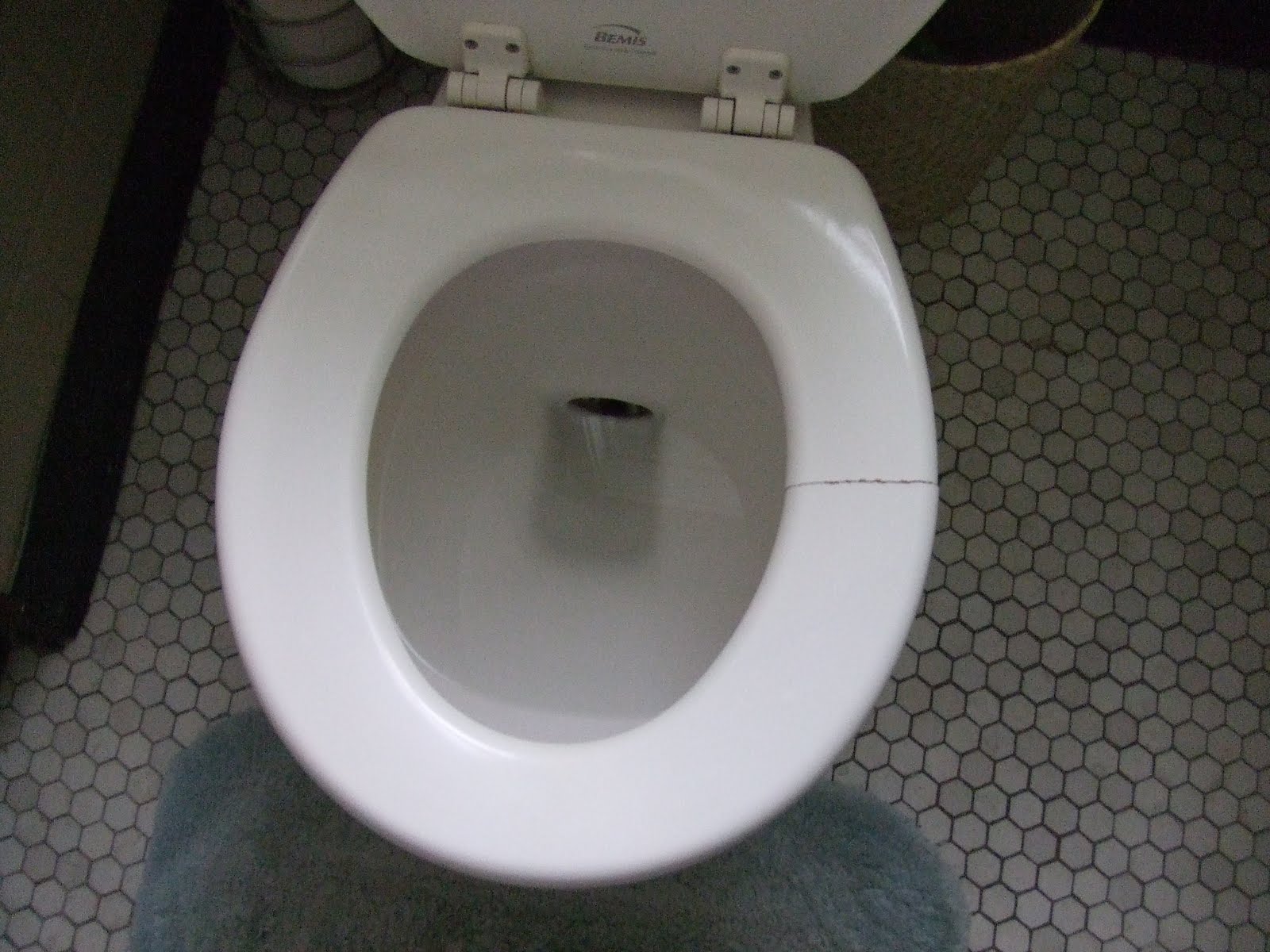
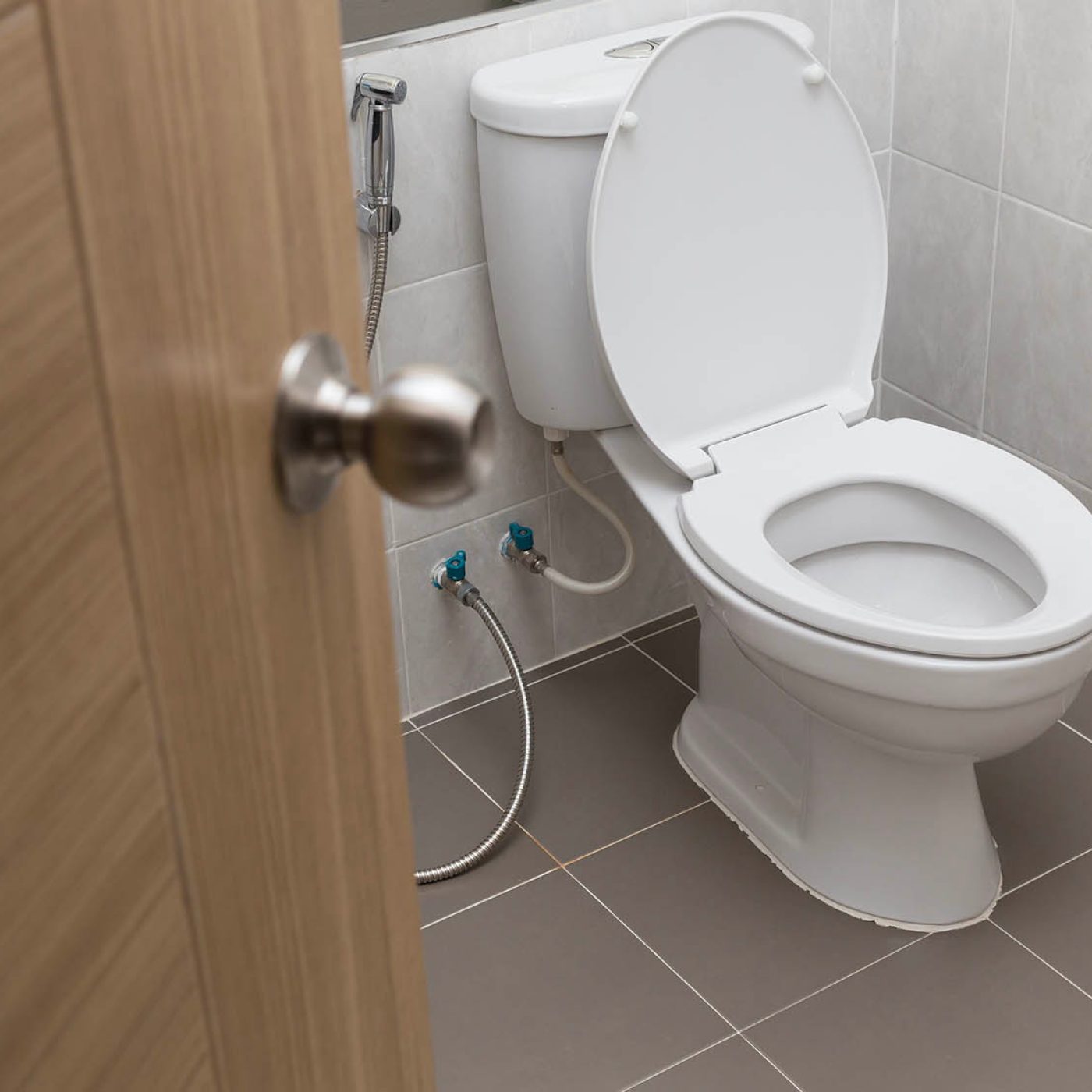
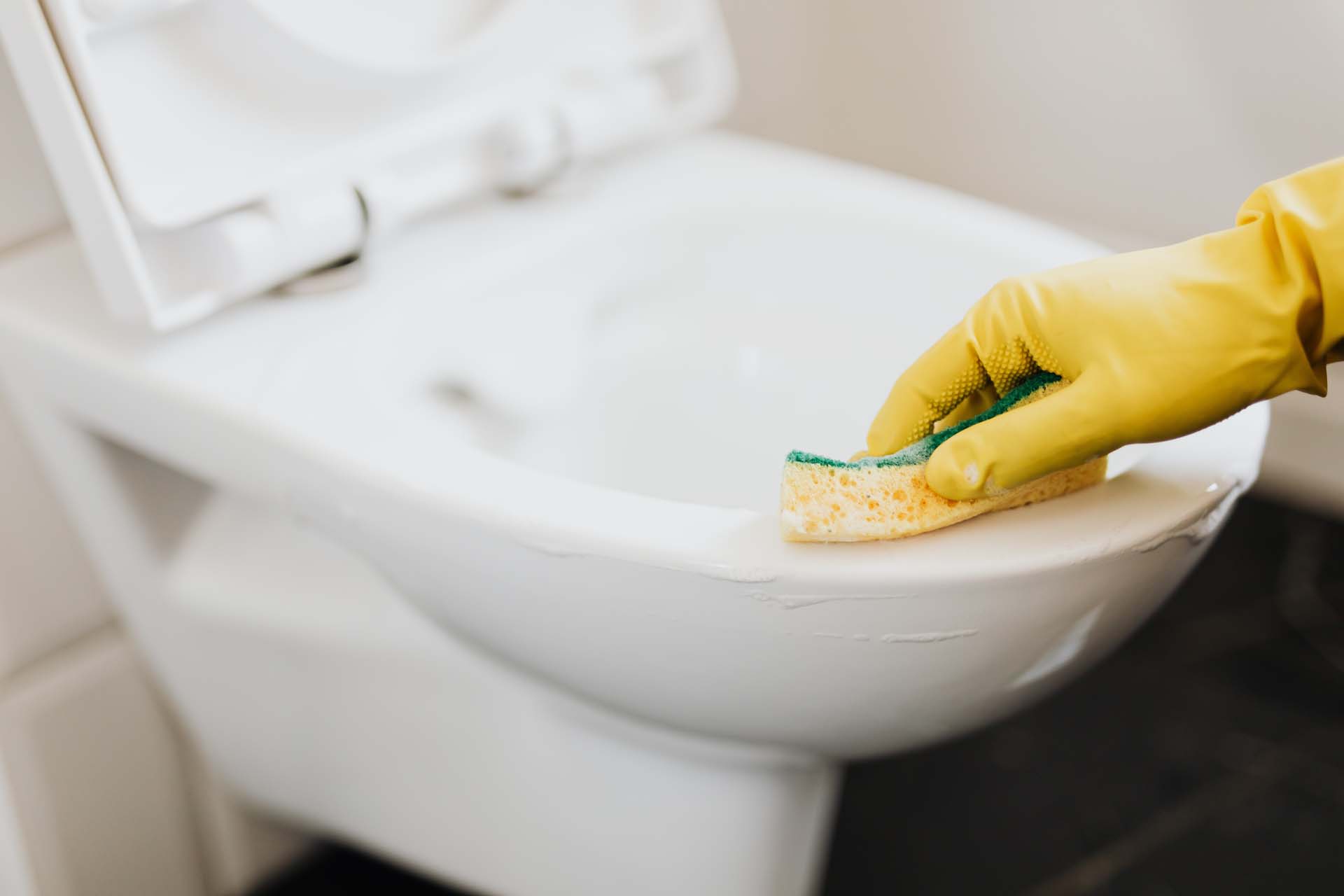
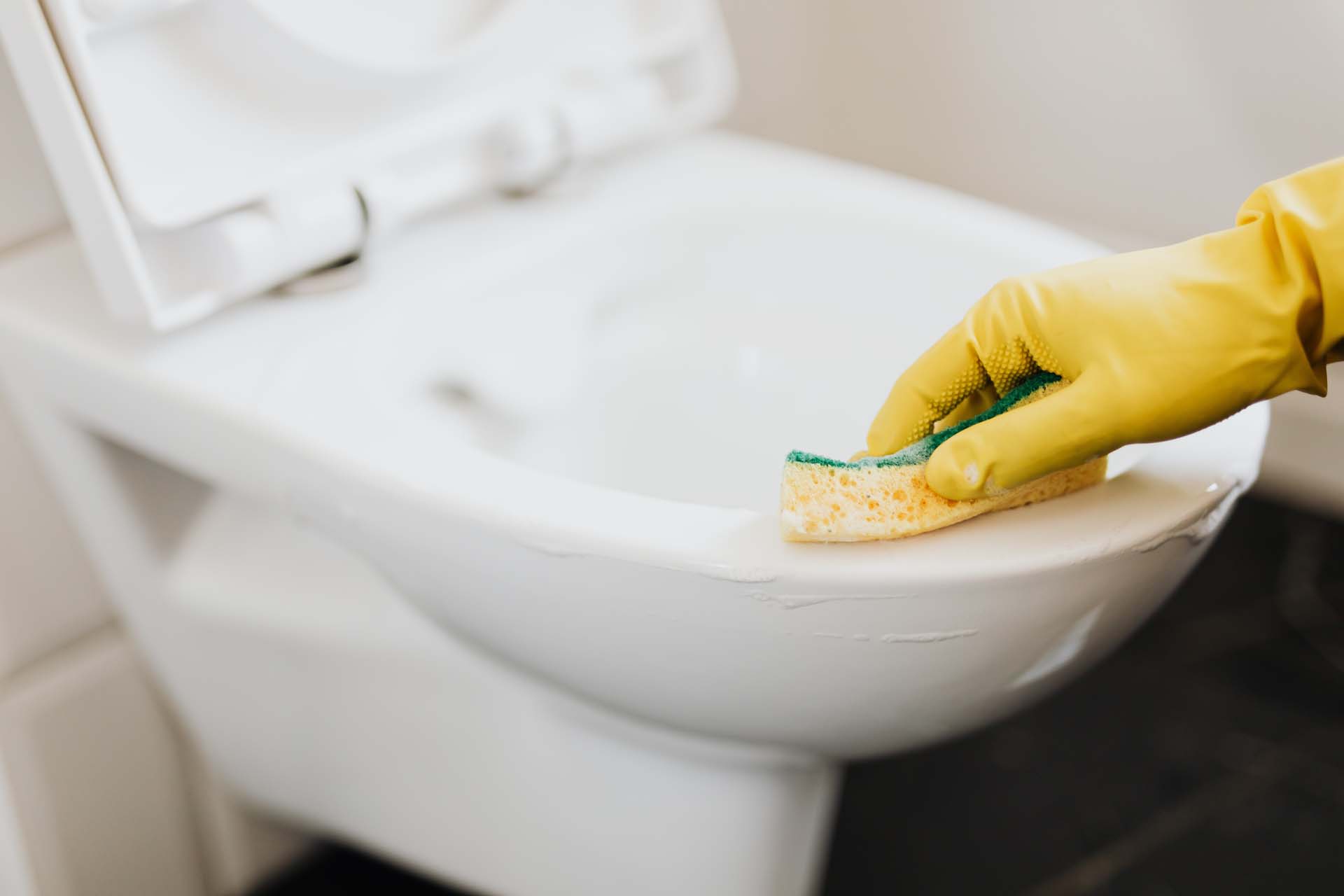
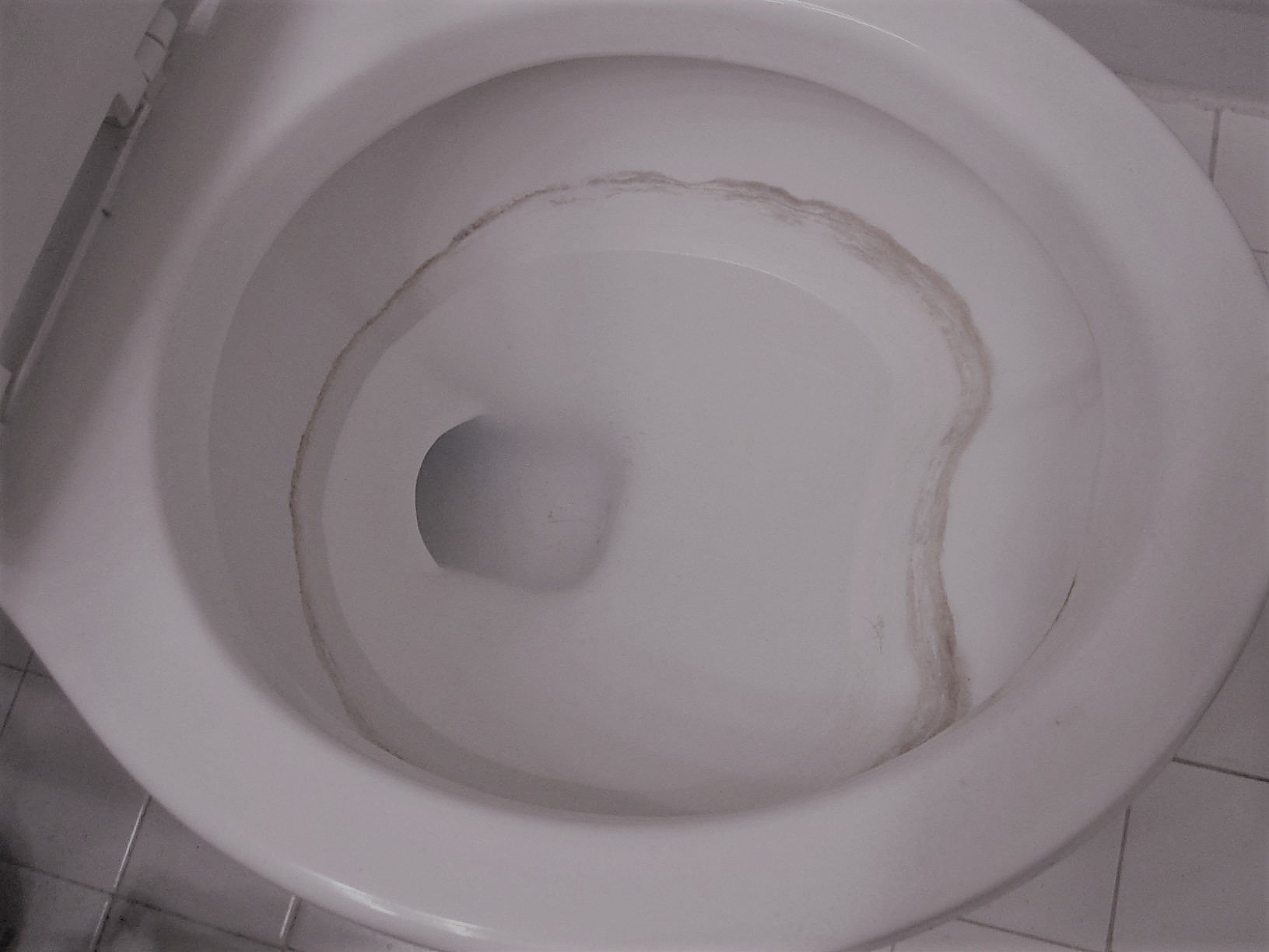
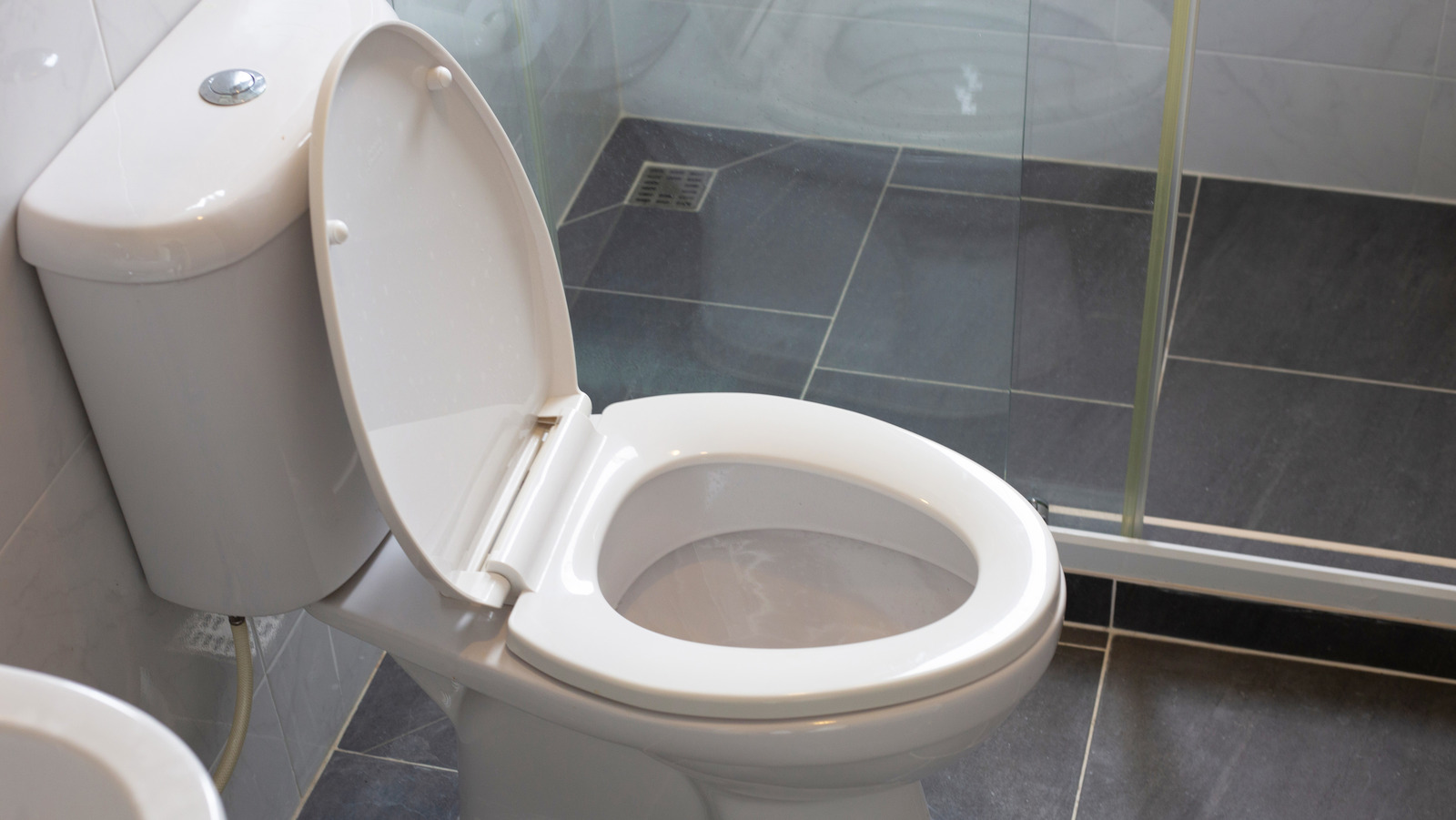
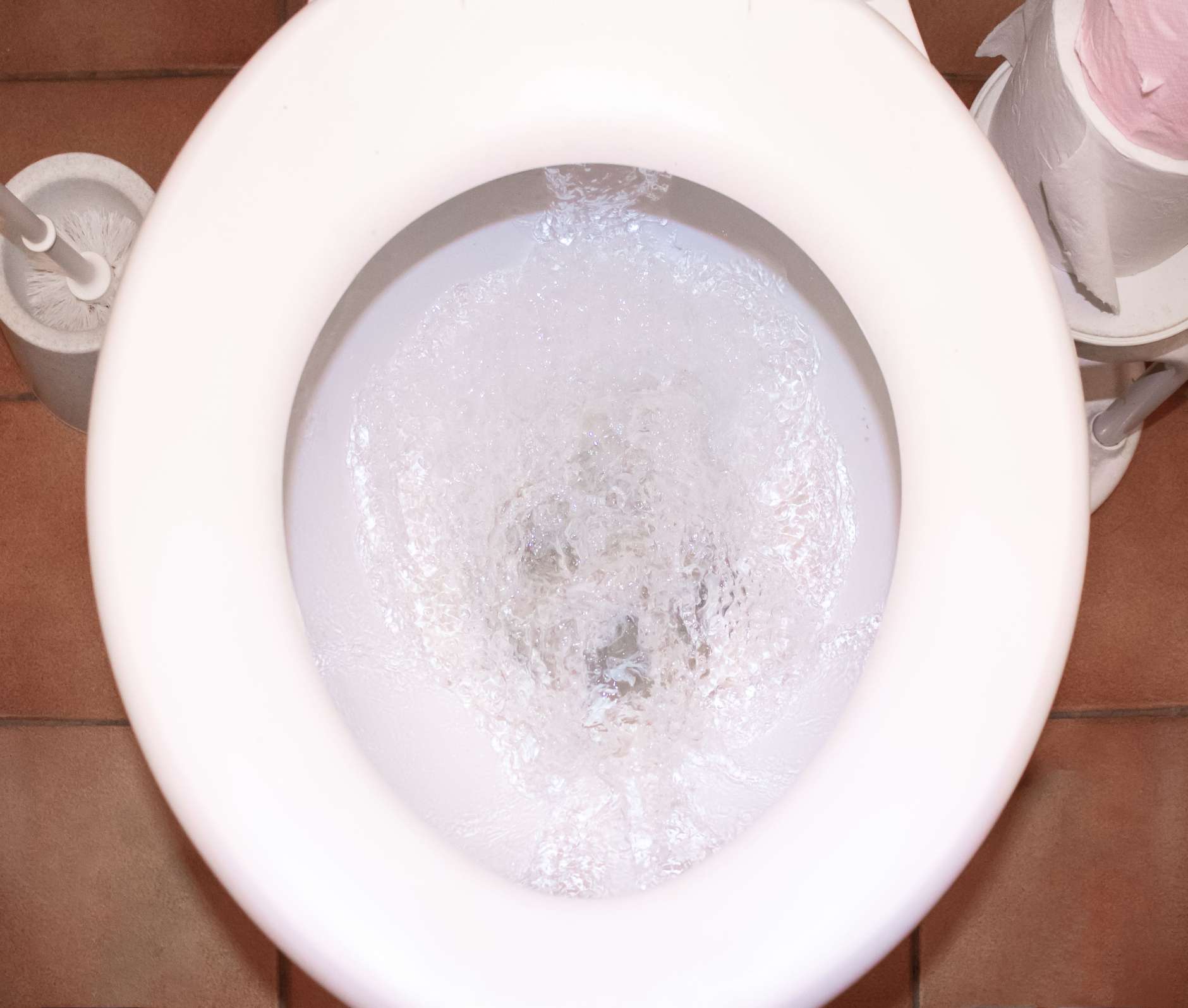
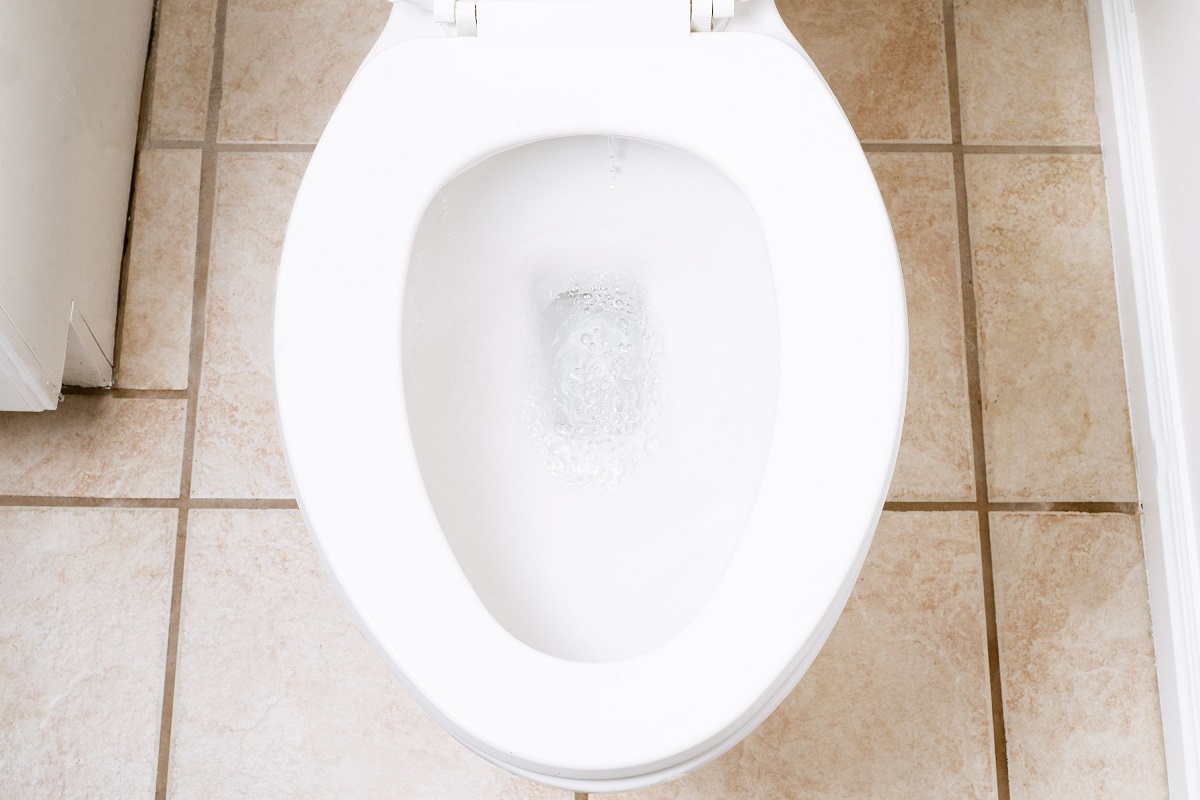
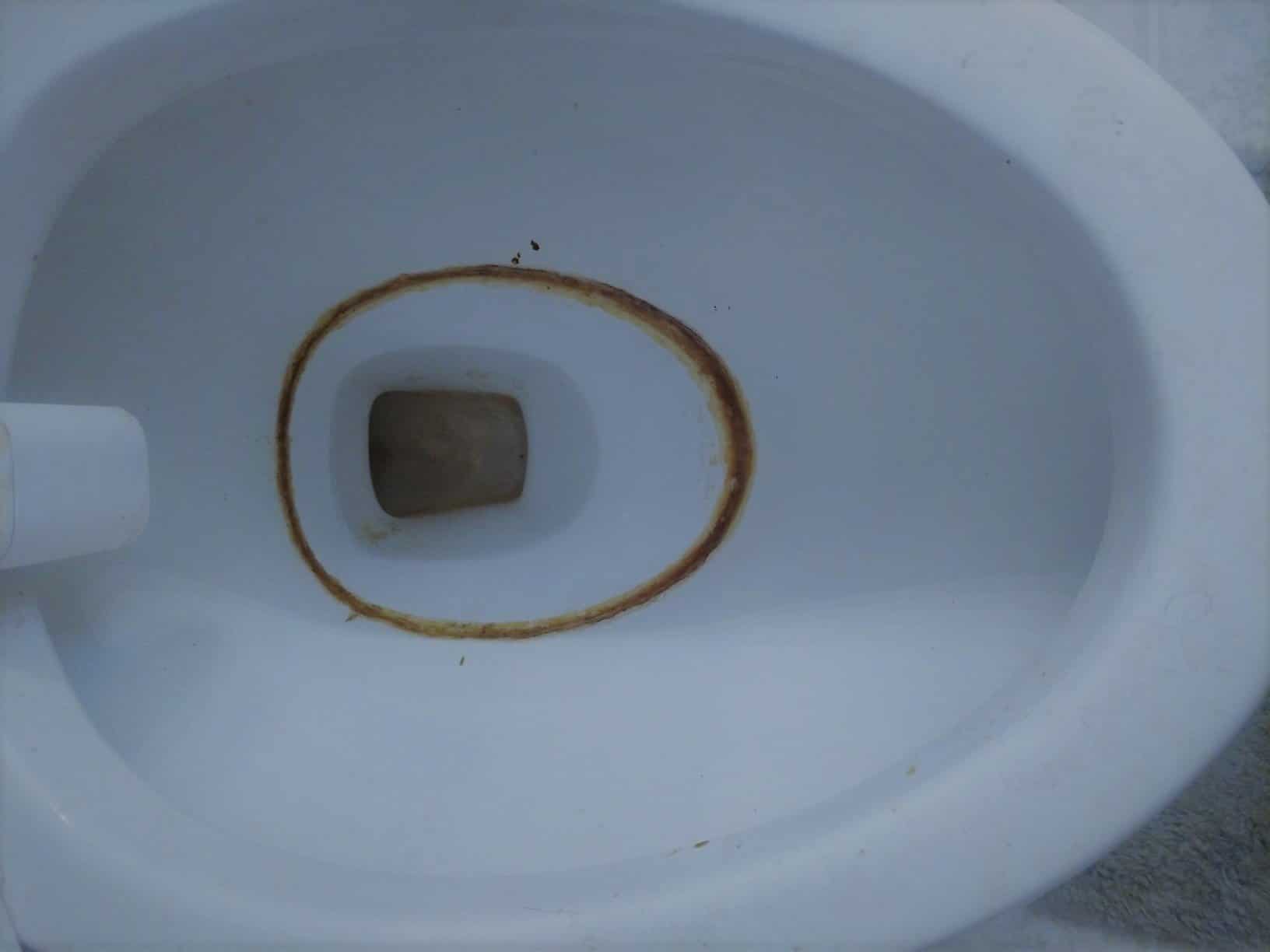
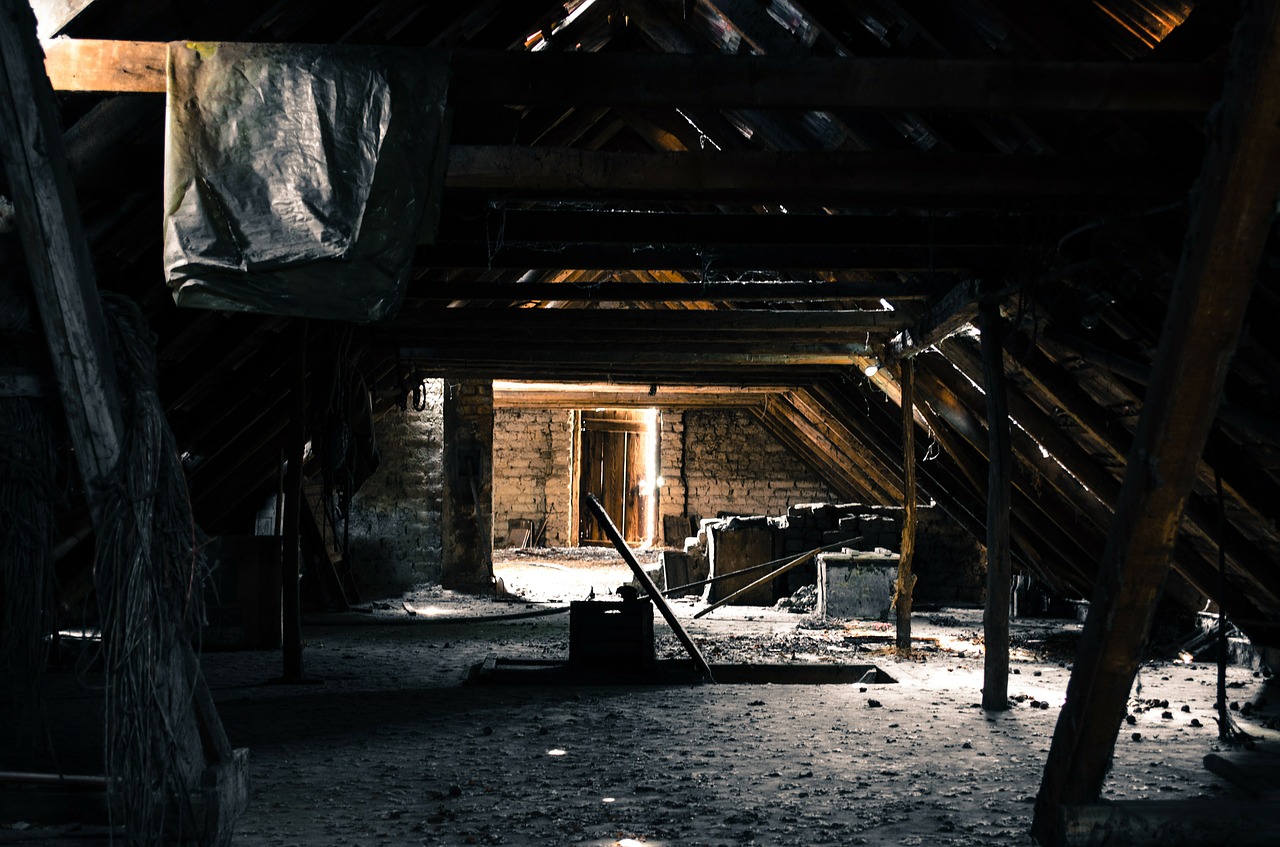
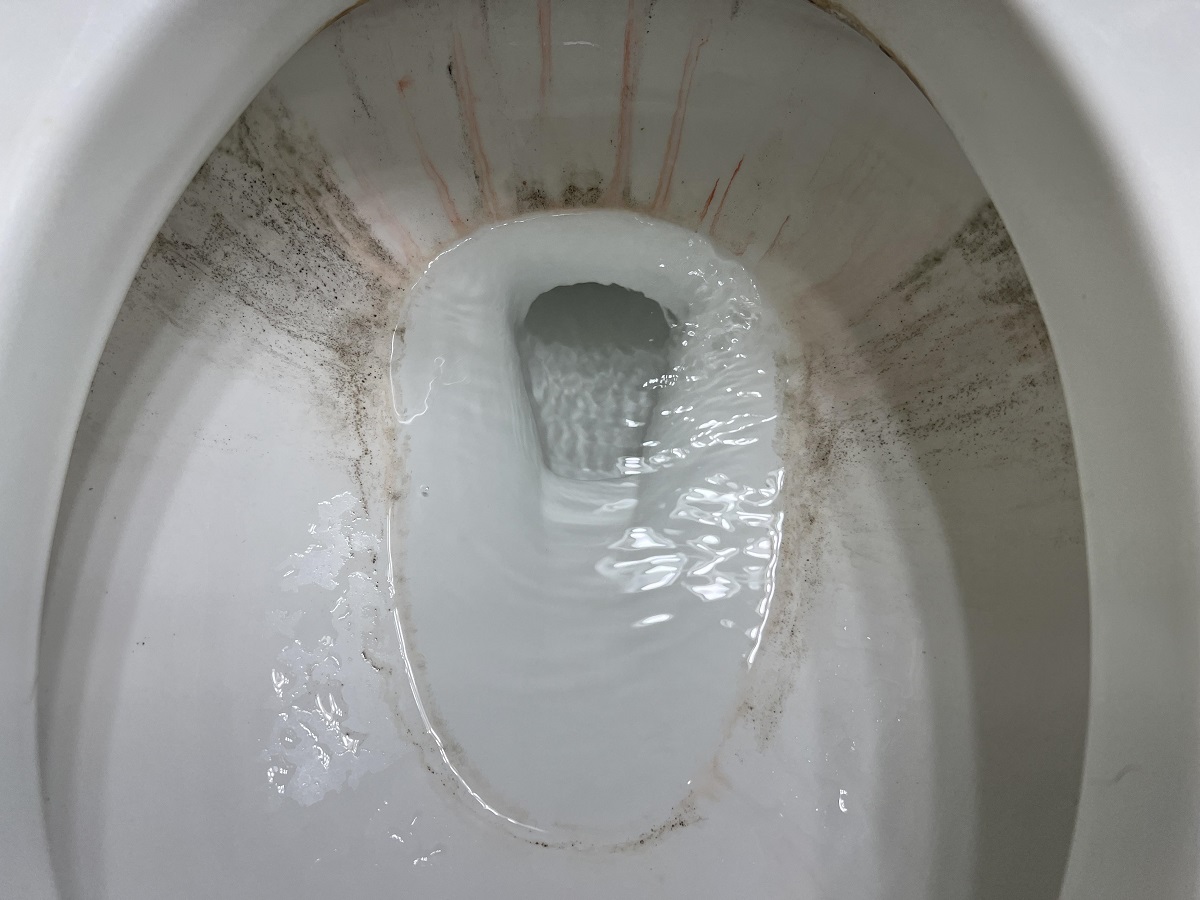
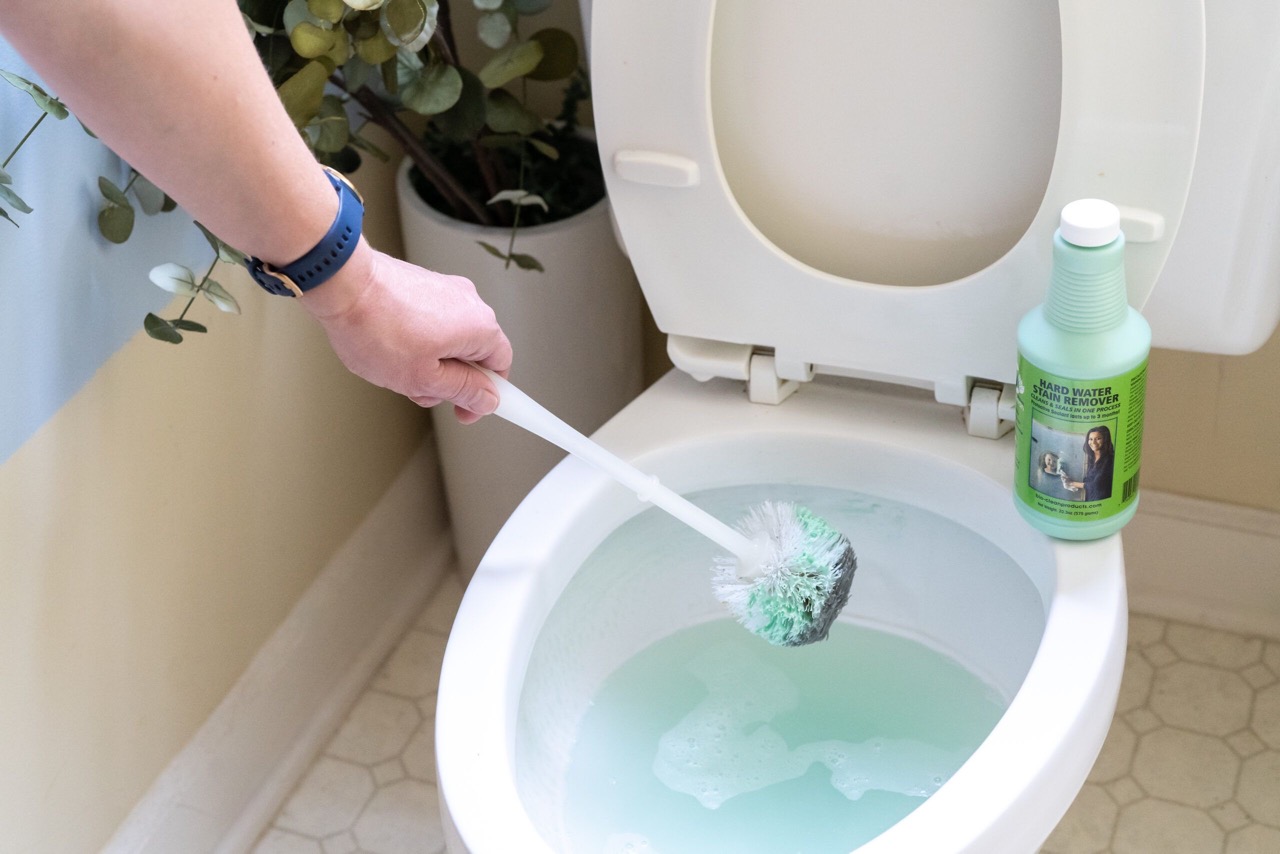
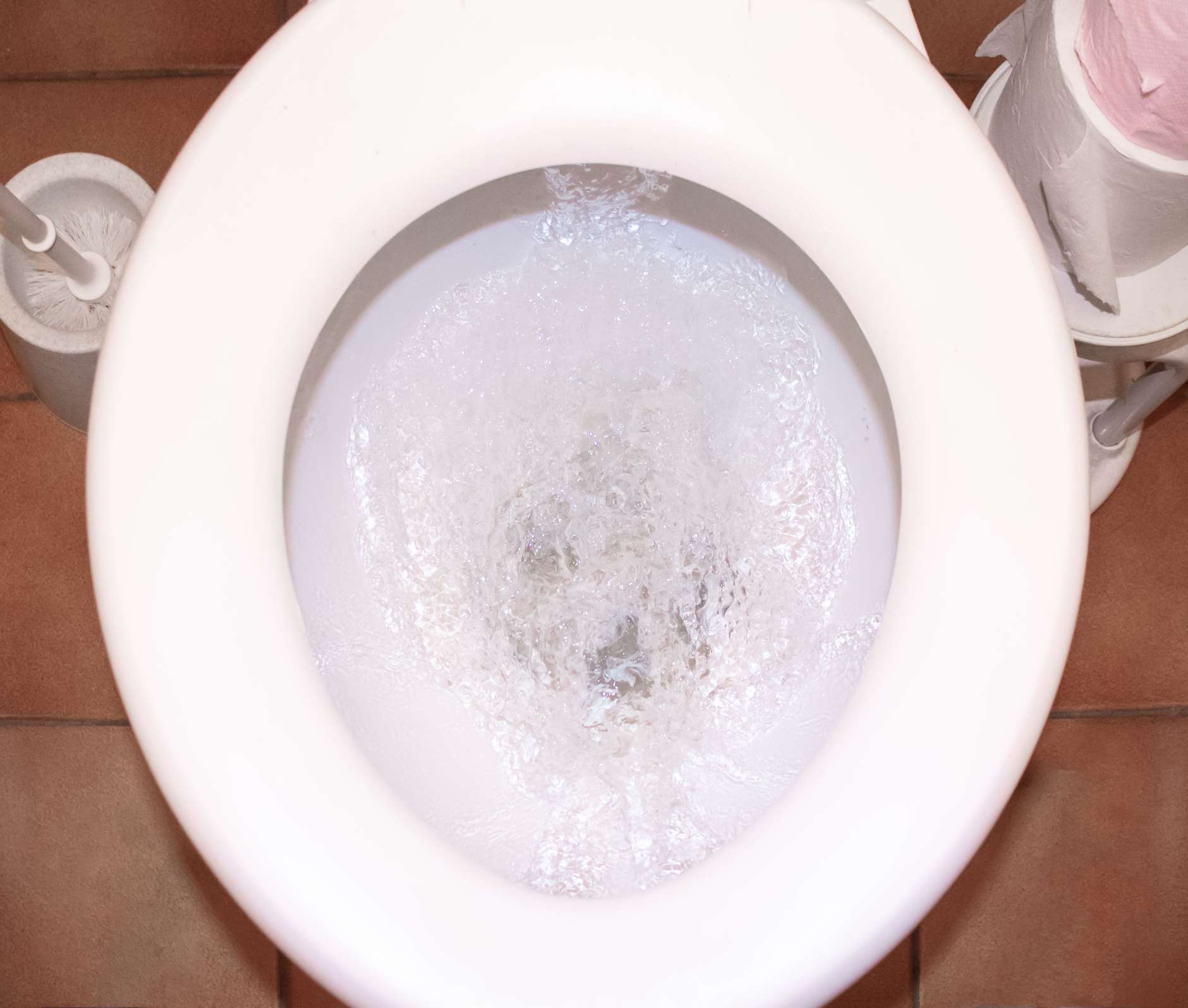

0 thoughts on “What Causes Mold In Toilet Bowl”